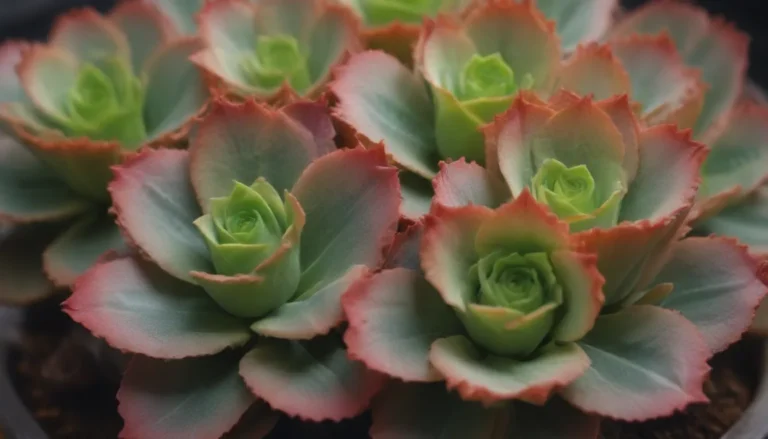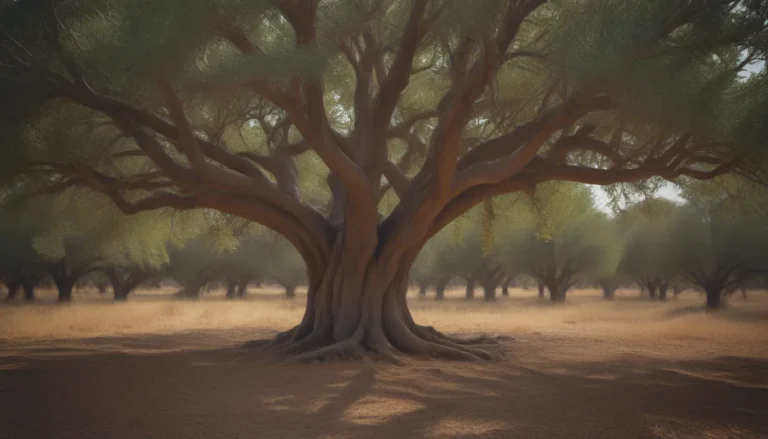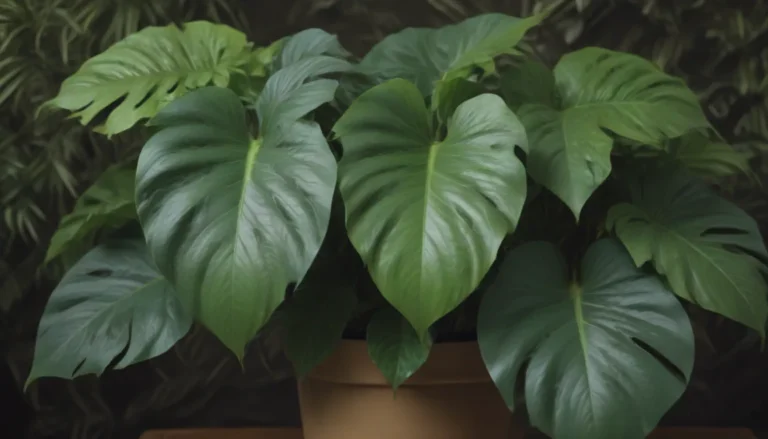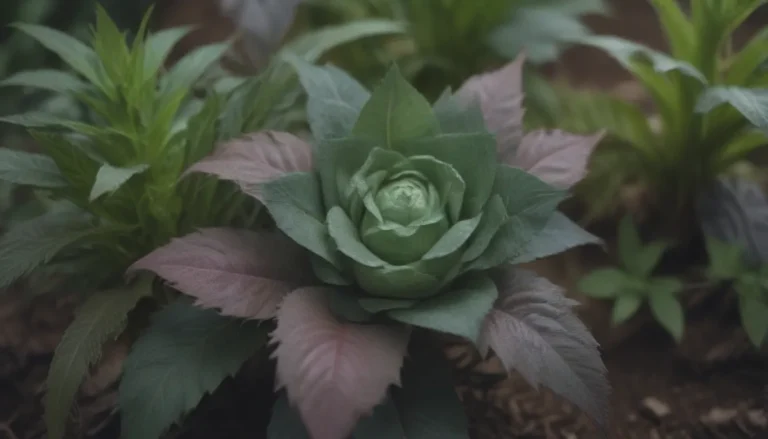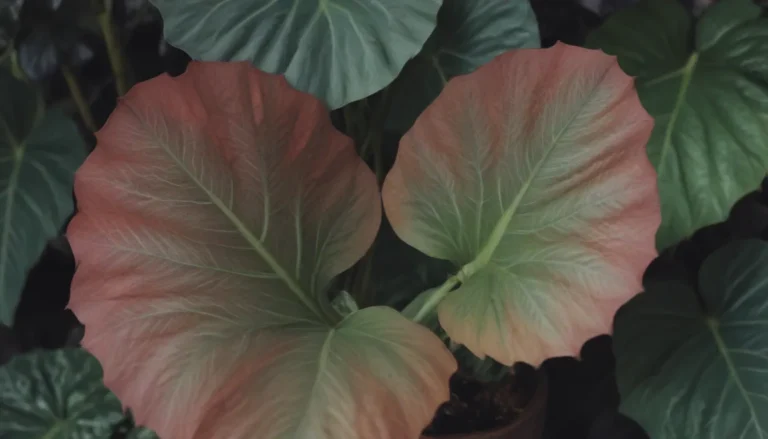The Ultimate Guide to Spruce Trees and Shrubs for Your Landscape

Spruce trees are a fantastic addition to any landscape, offering year-round color and texture. Their narrow, conical growth pattern makes them perfect for use as specimens in the yard, and they are also the classic choice for Christmas trees. With a variety of species and cultivars to choose from, there is a spruce tree or shrub for every garden. In this comprehensive guide, we’ll explore 18 different types of spruce trees and shrubs, including care tips and landscaping ideas to help you make the most of these versatile and beautiful plants.
Understanding the Spruce Genus
Spruce trees and shrubs belong to the genus Picea, which includes 35 species. They are part of the Pinaceae family, making them relatives of pines (Pinus), firs (Abies), cedars (Cedrus), hemlocks (Tsuga), larches (Larix), and a few other species. Each type of spruce tree has its own unique characteristics, from needle color to growth habit, ensuring there is a perfect spruce for every landscape.
18 Spruce Trees and Shrubs to Consider for Your Landscape
-
Bird’s Nest Spruce (Picea abies ‘Nidiformis’) – This unique cultivar of Norway spruce resembles a bird’s nest, making it a charming addition to any garden. Its slow growth rate and small stature make it an excellent choice for containers or small spaces.
-
Black Spruce (Picea mariana) – Native to wet areas, the black spruce is a great option for adding structure to a garden. Look for smaller cultivars if you have limited space.
-
Brewer Spruce (Picea breweriana) – Known for its weeping branches, the Brewer spruce is a standout specimen tree. It prefers cool, wet winters and dry, warm summers.
-
Oriental Spruce, Caucasian Spruce (Picea orientalis) – With shorter needles than most other spruces, the oriental spruce is a striking addition to any landscape. Look for yellow needle varieties for added visual interest.
-
Colorado Blue Spruce (Picea pungens) – The Colorado blue spruce boasts blue needles in various shades, making it a popular choice for landscapes. Ensure it receives regular watering in hot climates.
-
Dwarf Alberta Spruce (Picea glauca ‘Conica’) – This conical-shaped shrub is a favorite for Christmas tree displays and topiaries. Its compact form and bright green needles make it a versatile addition to any garden.
-
Engelmann’s Spruce (Picea engelmannii) – Native to the Rocky Mountains, Engelmann’s spruce is a hardy tree that thrives in colder climates. It can reach towering heights with the right growing conditions.
-
Norway Spruce (Picea abies) – Often used as a Christmas tree, the Norway spruce comes in various cultivars, including dwarf weeping types for added visual interest. Ensure well-draining soil to prevent root rot.
-
Red Spruce (Picea rubens) – With a long lifespan and striking red bark, the red spruce is a standout tree for any landscape. It prefers cool, shaded areas and adequate moisture.
-
Serbian Spruce (Picea omorika) – Tolerant of drought and shade, the Serbian spruce is a great option for urban landscapes. Its resistance to air pollution makes it a low-maintenance choice for city dwellers.
-
Sitka Spruce (Picea sitchensis) – The tallest spruce species, the Sitka spruce is a majestic addition to any landscape. Ensure plenty of space for this towering tree to thrive.
-
White Spruce (Picea glauca) – Commonly used as a Christmas tree, the white spruce is also great for windbreaks. Its waxy-coated needles give it a distinctive appearance.
-
Globe Blue Spruce (Picea pungens ‘Glauca Globosa’) – A compact dwarf cultivar, the globe blue spruce is perfect for small gardens. Regular pruning will help maintain its shape over time.
-
Weeping Serbian Spruce (Picea omorika ‘Pendula’) – With weeping branches and a columnar form, this cultivar adds a touch of drama to any landscape. It thrives in cooler climates and tolerates air pollution.
-
Black Hills Spruce (Picea glauca ‘Densata’) – Known for its conical shape and dense branching pattern, the Black Hills spruce is a popular choice for Christmas trees. It grows slowly, making it suitable for small gardens.
-
Fat Albert Blue Spruce (Picea pungens ‘Fat Albert’) – Valued for its dense branching pattern and steel-blue needles, the Fat Albert blue spruce is a striking addition to any garden. Keep an eye out for rust disease and spider mite infestations.
-
Dwarf Black Spruce (Picea mariana ‘Nana’) – A compact version of the black spruce, the Nana cultivar is perfect for small spaces. Its mound-like shape adds texture and interest to any garden.
-
Golden Oriental Spruce (Picea orientalis ‘Aureospicata’) – The golden oriental spruce features bright yellow spring growth against dark green needles, creating a striking contrast in the garden.
Spruce Tree Care Tips
- Ensure a slightly acidic soil for optimal growth.
- Provide ample space for mature trees to expand.
- Beware of prickly needles that may cause discomfort.
- Regularly prune to maintain shape and health.
- Water regularly, especially in hot climates.
- Monitor for pests and diseases, such as rust and spider mites.
Landscaping Ideas with Spruce Trees
- Create a focal point with an ornamental spruce tree in the center of a garden bed.
- Use dwarf varieties to border pathways and driveways.
- Plant taller spruce trees along property lines to create privacy.
- Mix and match different spruce species for a diverse and visually appealing landscape.
- Combine spruce trees with flowering shrubs and perennials for a dynamic garden design.
By incorporating different types of spruce trees and shrubs into your landscape, you can create a beautiful and vibrant outdoor space that is sure to impress. From majestic towering trees to compact dwarf shrubs, there is a spruce variety for every garden. With proper care and maintenance, your spruce trees will thrive and continue to enhance your landscape for years to come. So go ahead, add a touch of greenery with a spruce tree today!
